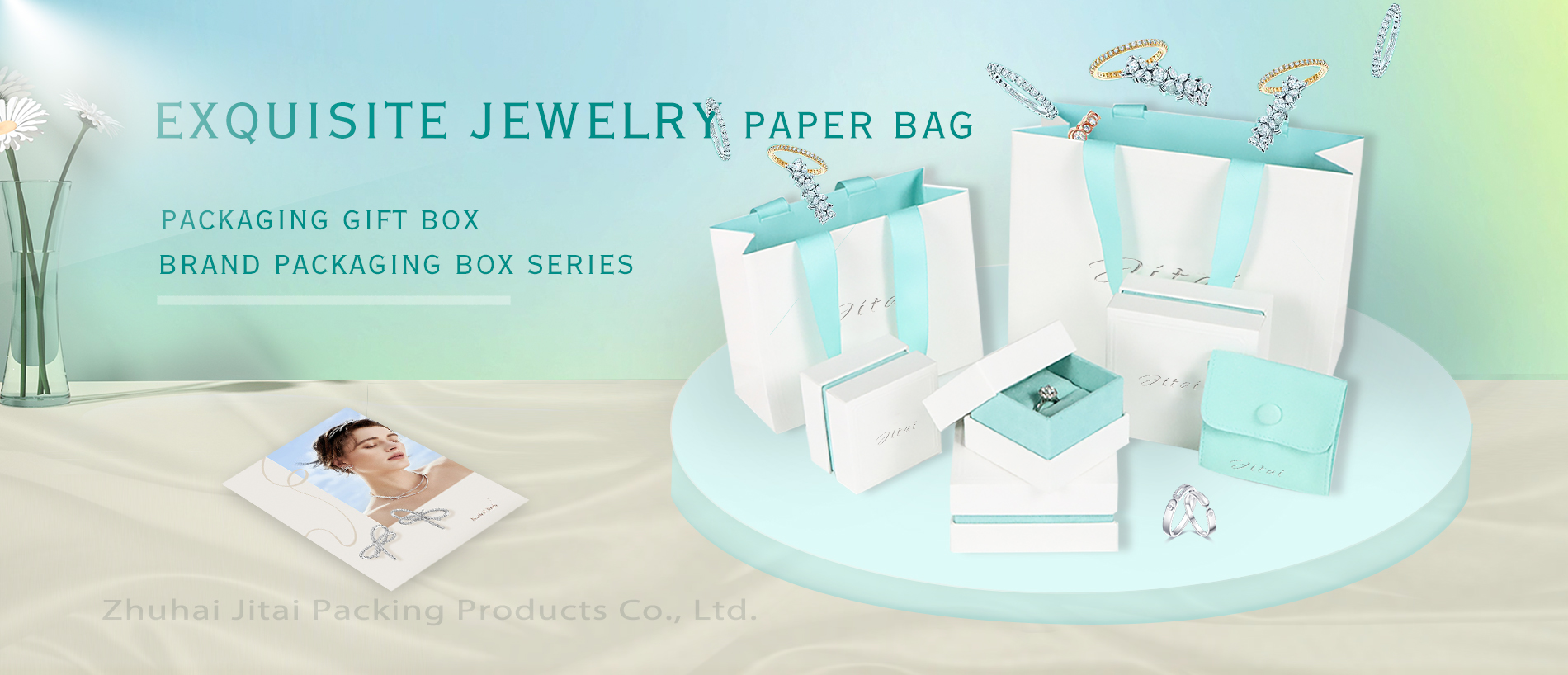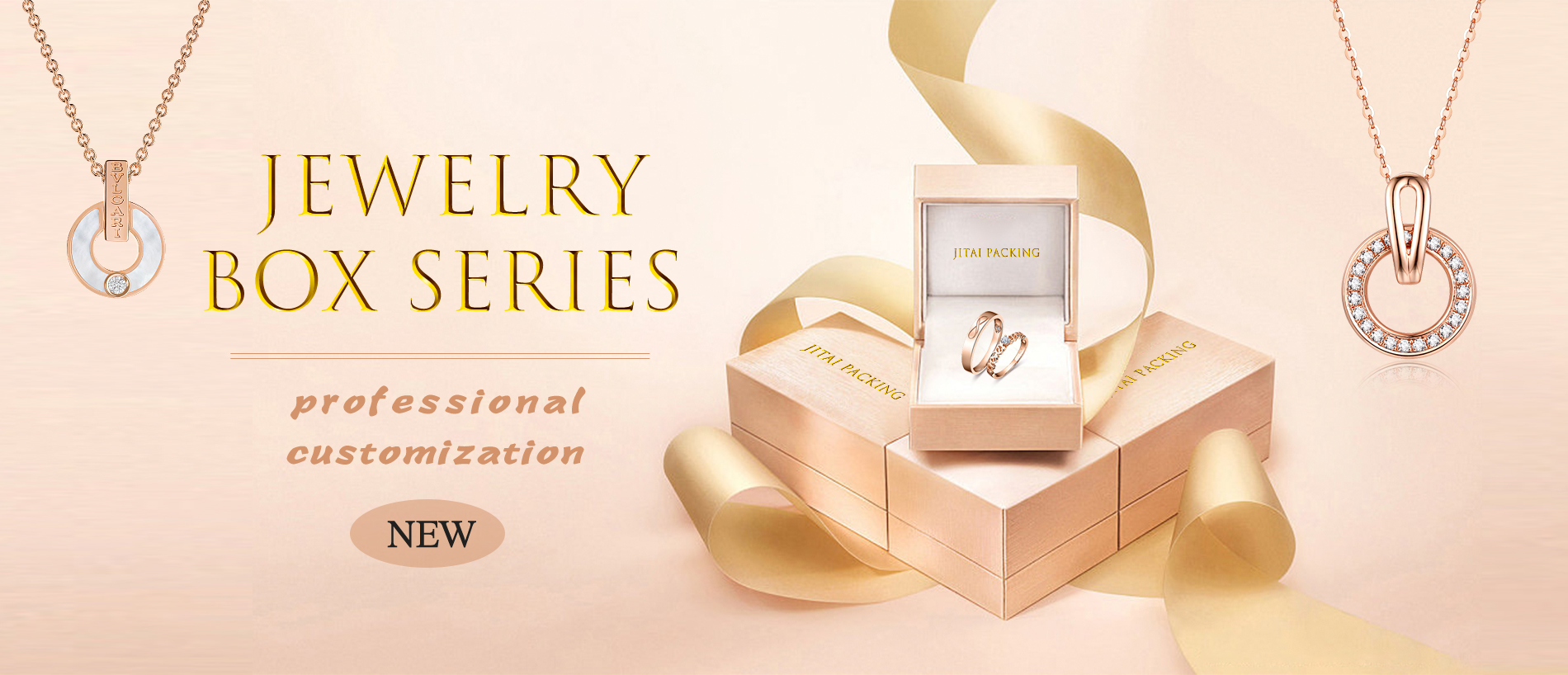Jewelry Box Design: A Comprehensive Guide
Jewelry boxes serve as both functional and decorative accessories. They not only store and protect jewelry but also add a touch of elegance to any room. In this guide, we will explore the different types of jewelry boxes, their materials, and the design elements that make them unique.
Types of Jewelry Boxes
Jewelry boxes come in a variety of shapes and sizes. Some of the most common types include:
Standing Jewelry Boxes
Standing jewelry boxes are large, freestanding pieces of furniture that can store a large amount of jewelry. They often have multiple drawers, doors, and compartments for easy organization. Some standing jewelry boxes also feature a full-length mirror, making them a convenient choice for getting dressed.
Tabletop Jewelry Boxes
Tabletop jewelry boxes are smaller than standing jewelry boxes and are designed to sit on a dresser or vanity. They usually have a single lid that opens to reveal a compartment for jewelry. Some tabletop jewelry boxes also have small drawers or compartments for additional storage.
Travel Jewelry Boxes
Travel jewelry boxes are compact and designed to be taken on the go. They often feature a hard exterior to protect jewelry during transit and a soft interior lining to prevent scratches. Some travel jewelry boxes also have multiple compartments for easy organization.
Materials
Jewelry boxes can be made from a variety of materials, each with its own unique look and feel. Some of the most common materials include:
Wood
Wooden jewelry boxes are a classic choice that never goes out of style. They can be made from a variety of woods, including mahogany, oak, and cherry, and can be stained or painted to match any decor.
Leather
Leather jewelry boxes are a luxurious choice that adds a touch of sophistication to any room. They are often made from high-quality leather and lined with a soft material to protect jewelry.
Metal
Metal jewelry boxes are a modern choice that can add a sleek, contemporary look to any room. They can be made from a variety of metals, including stainless steel and brass, and can be polished or left with a natural finish.
Design Elements
Jewelry boxes can also feature a variety of design elements that make them unique. Some of the most popular design elements include:
Inlay
Inlay is a decorative technique that involves embedding pieces of one material into another to create a pattern. Inlay can be used to create intricate designs on the exterior of a jewelry box.
Carvings
Carvings are another popular design element that can add a touch of elegance to a jewelry box. They can be simple or intricate and can be made from a variety of materials, including wood and metal.
Mirrors
Mirrors are a functional design element that can also add a touch of elegance to a jewelry box. Full-length mirrors are common in standing jewelry boxes, while smaller mirrors can be found in tabletop and travel jewelry boxes.
In conclusion, when designing a jewelry box, there are many factors to consider, including the type of box, the materials used, and the design elements incorporated. By taking these factors into account, you can create a beautiful and functional piece that will be treasured for years to come.


